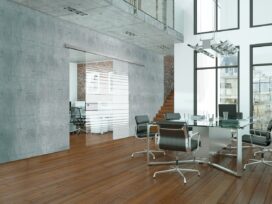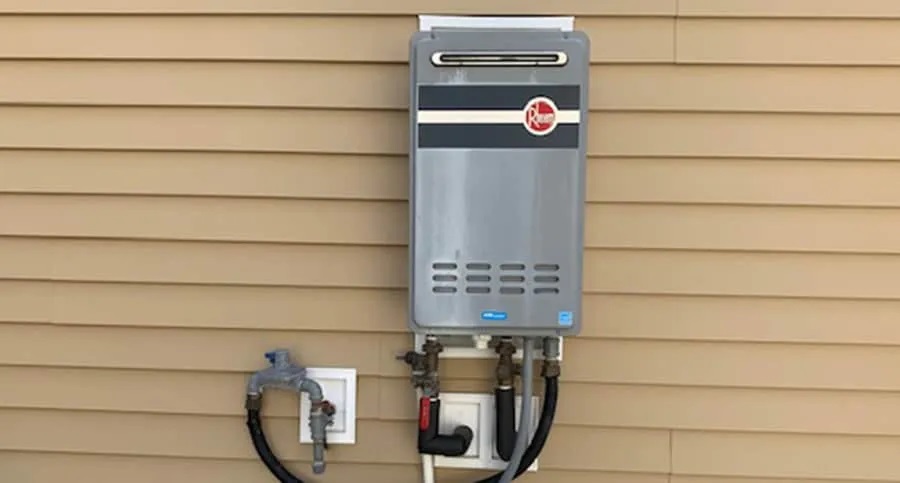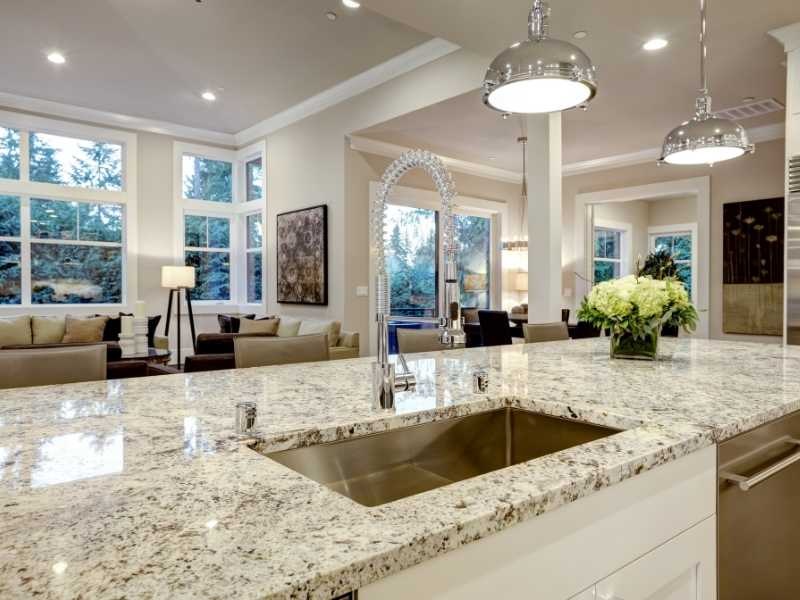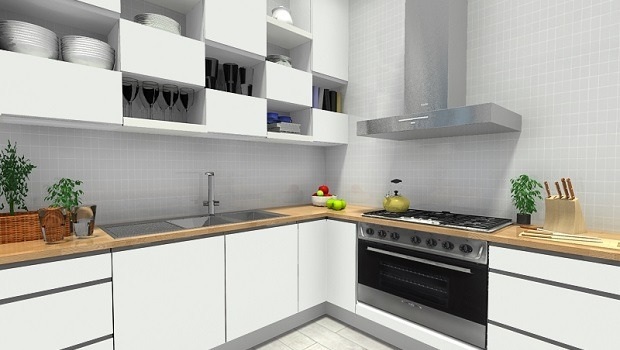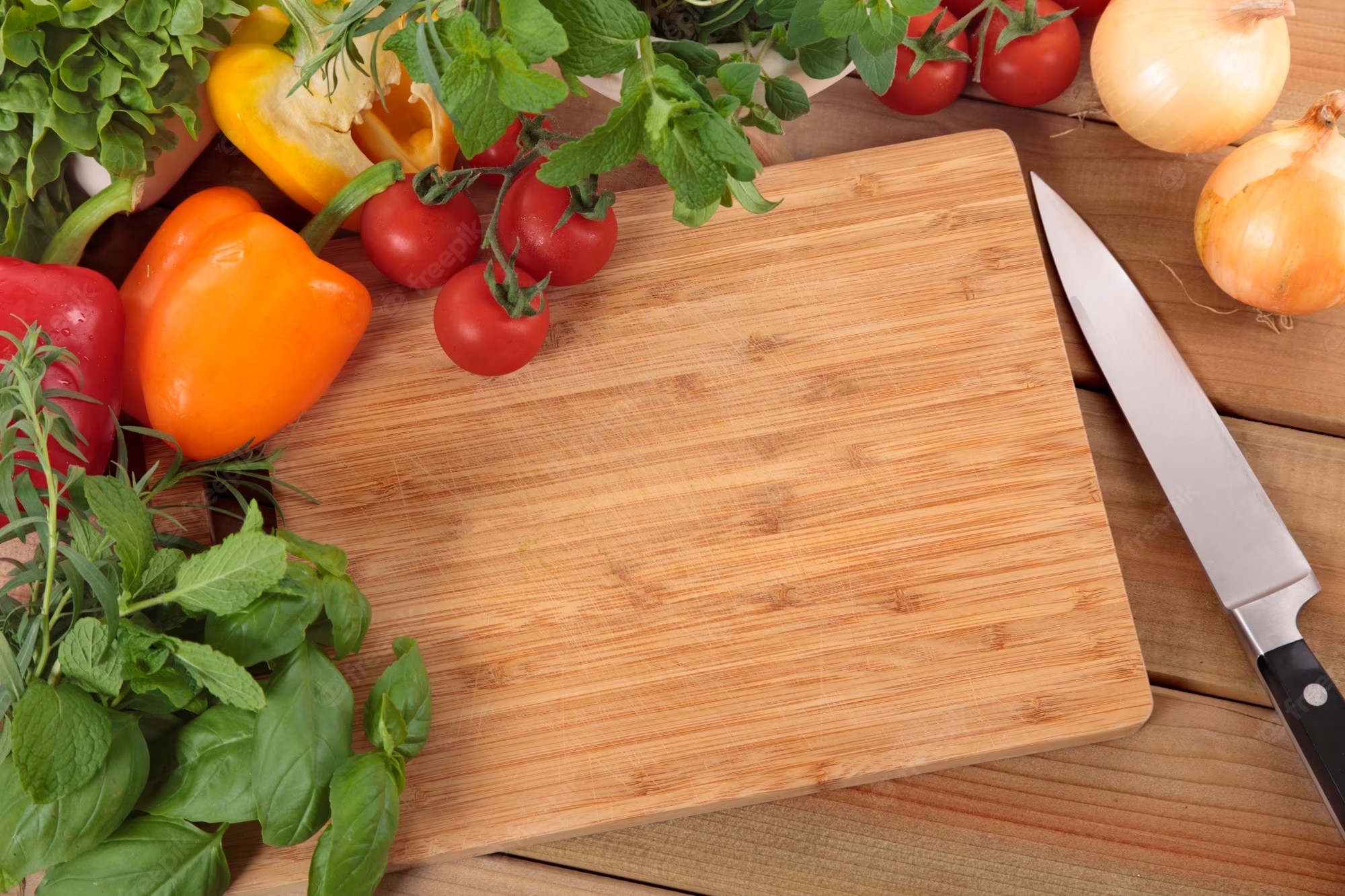
Chopping Boards: A Brief Overview
Learn how to choose the most suitable cutting board, whether you’re interested in a wooden, plastic, compressed paper, or another kind. In a normal day, how long do you find yourself crouched over a cutting board? Putting aside even fifteen minutes a day may have a significant impact over the course of a few weeks. You’ve worked hard, and it’s only fair that you reward yourself with some quality time spent cuddling up to an attractive cutting board. Pick one that fits your hand comfortably when chopping and looks good in your kitchen.
There are a number of factors to think about when making what seems like a simple purchase like a cutting board. An improperly used cutting board, despite its relatively harmless look, may become one of the most bacterially contaminated items in a kitchen.
Methods to Determine Which Cutting Board Is Right for You Here are some tips for selecting and caring for a cutting board that fits your needs and budget.
Issues to Think About Before Buying a New Chopping Board
For starters, see if you can settle your anxieties. You’ve undoubtedly seen a few different arguments claiming that certain types of cutting boards pose health and safety risks and should be avoided. As long as proper food handling and sanitation procedures are followed (don’t worry, we’ll get to them in a minute), any material used for a cutting board is safe to use.
Edge-grain vs end-grain wood cutting boards
The Cutting Board Kits are crafted from wood planks that have been chopped perpendicular to the grain. This means that you can see the individual wood fibres on the board’s top surface. Edge grain boards are the most popular kind of timber cutting board since they are inexpensive.
Edge grain boards are more likely to retain knife scars because the long wood board fibres don’t allow much slack under the blade. As a result, edge grain boards are no longer a good option for kitchen counters. Working on an edge grain board is like slicing through the fibres of a tree. This is also why many people believe that knives have a harder time penetrating edge grain boards than end grain boards.
Mill Stop Grain
Wooden cutting boards with an end grain are laminated together from cross-sectional planks of wood. If the top of the board is visible in a cross-sectional view of the board, rather than the growth rings of the wood, then the board is not a solid piece of wood. End grain boards often have a thickness of a few inches and a higher price tag than edge grain boards due to the additional intricacy of their production.
Conclusion
The seams on an end grain board might come loose if it’s kept wet for a long time, creating tiny spaces where germs can grow. However, whether the grain is end or edge, treating the board regularly with mineral oil or board cream helps keep the board from accumulating moisture and cracking. In the case of an end grain cutting board, this is of the highest importance.



